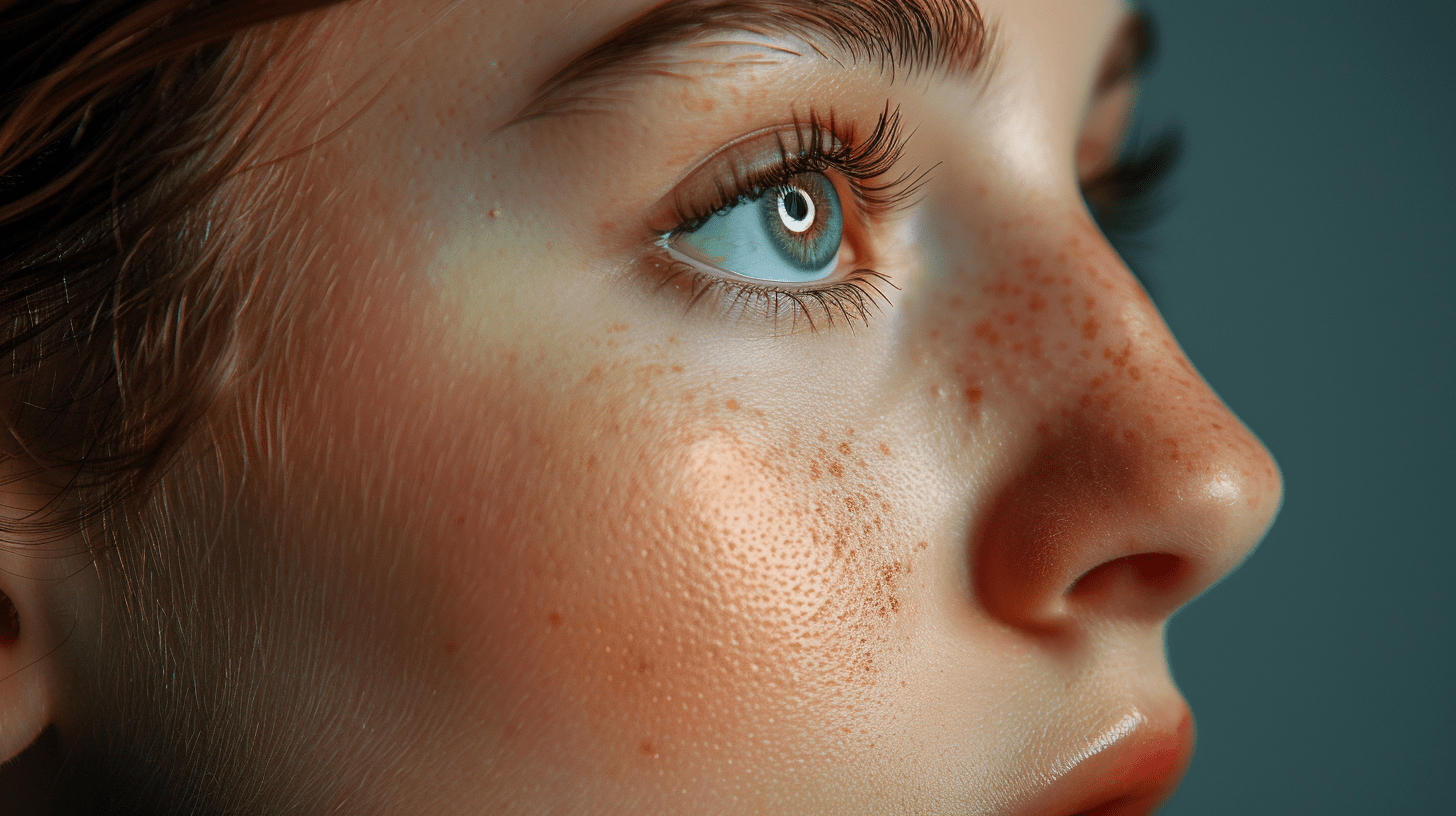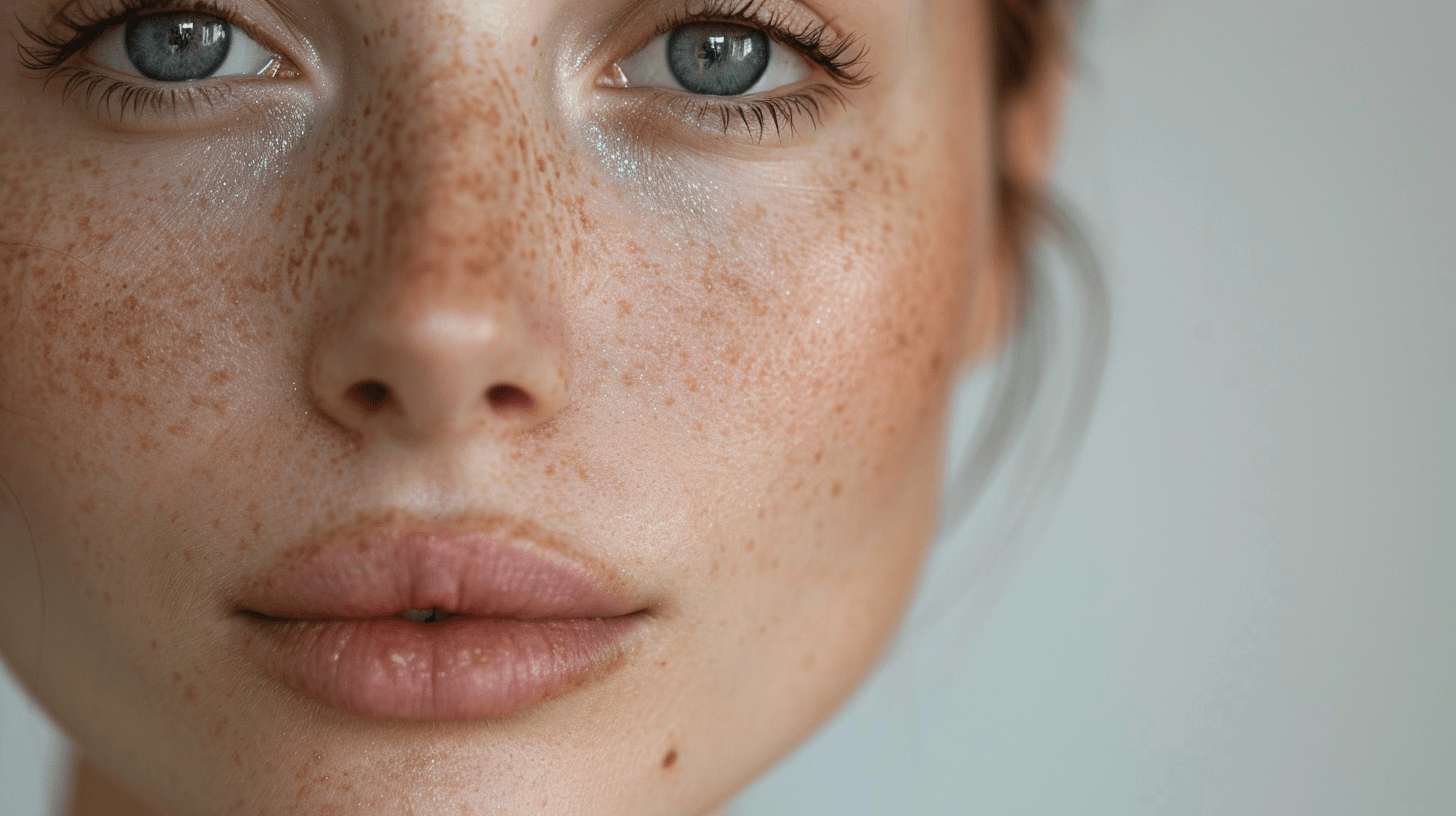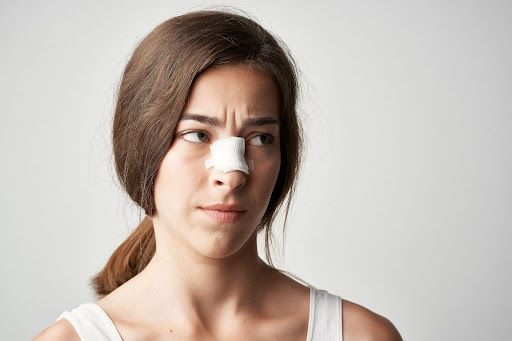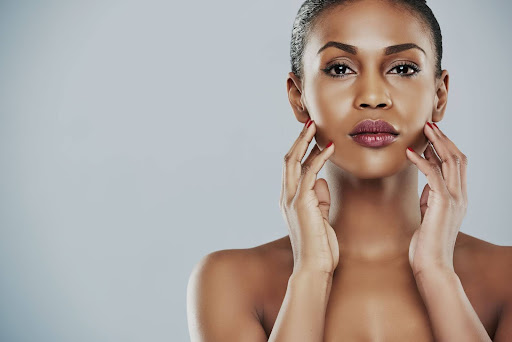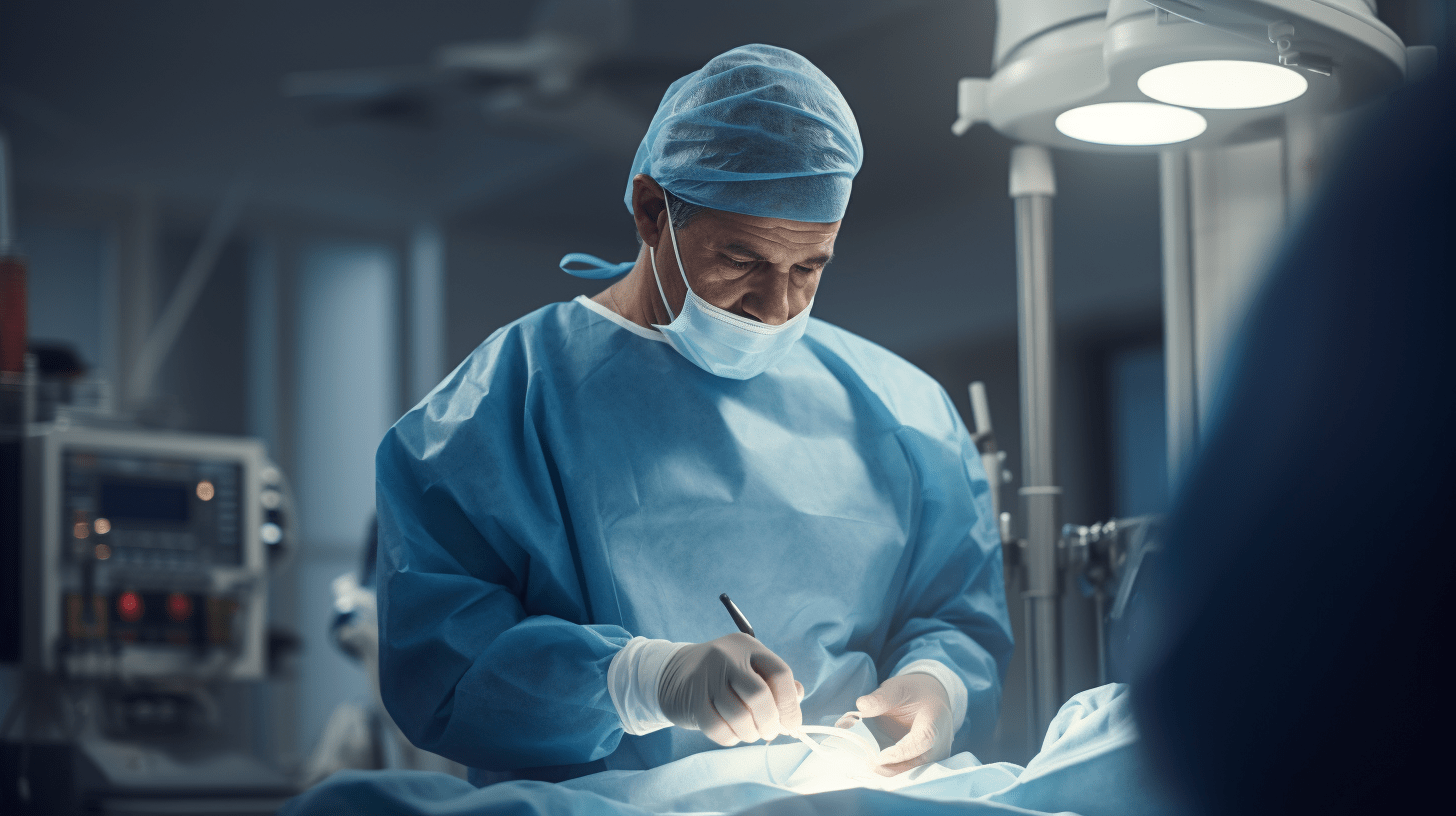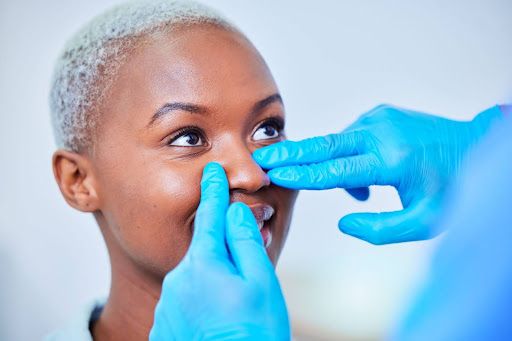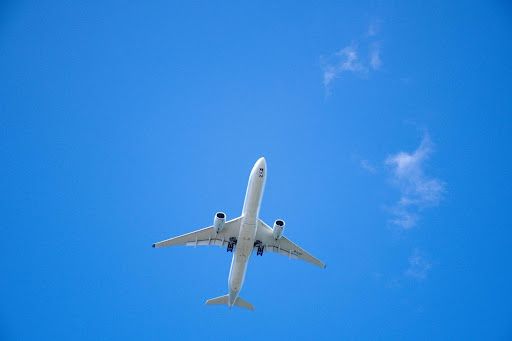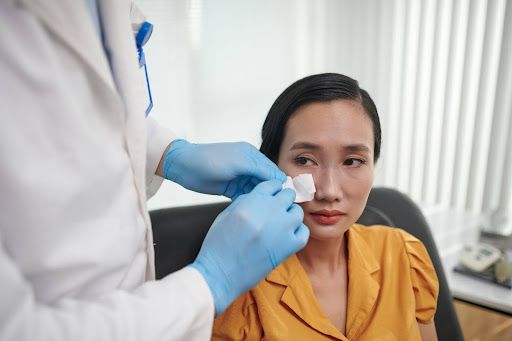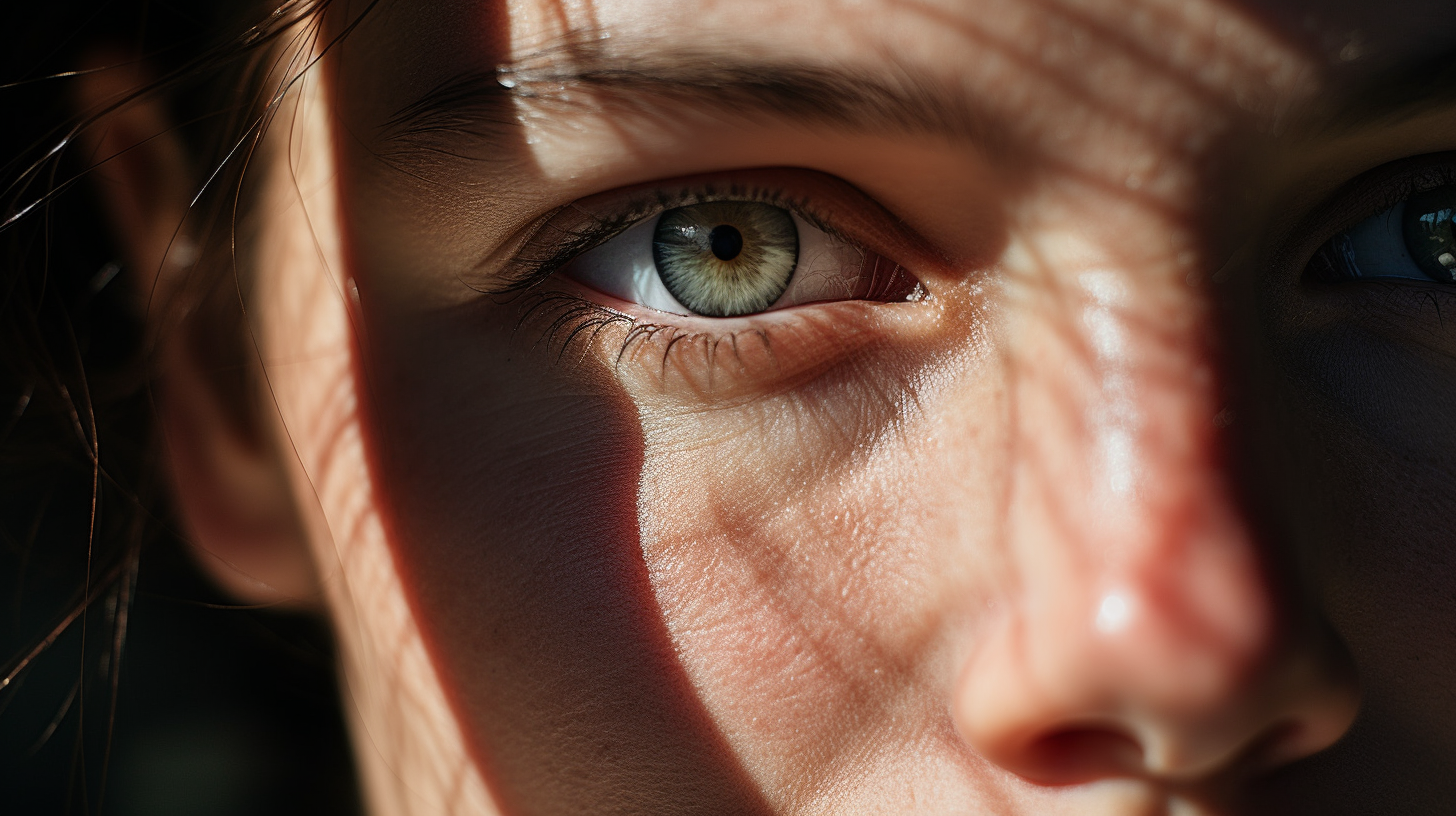Fixing a Nasal Droop: How To Get A Pointy Nose
Cosmetic Craze: The Pointy Nose
The nose, being a central feature of the face, plays a significant role in one’s overall appearance. Many individuals desire a pointy nose, associating it with elegance and attractiveness. Achieving a pointy nose can be pursued through various means, ranging from non-invasive methods to surgical interventions.
In this comprehensive guide, we explore different techniques to attain a pointy nose. We also address the causes of droopy noses and corrective measures like rhinoplasty. Additionally, we share some non-surgical alternatives and their associated benefits, providing valuable insights for those seeking to enhance their nasal aesthetics!
What Is a Droopy Nose?
A droopy nose, or nasal ptosis, refers to a condition where the nasal tip angles downward, altering the nose’s appearance and often impacting facial harmony. It can result from various factors such as age-related skin laxity, changes in cartilage structure, or traumatic injuries. This common nose shape concern not only affects aesthetics but can also interfere with breathing function.
Seeking medical advice from a qualified cosmetic surgeon is essential to address droopy noses, as corrective measures may involve cosmetic surgery to reshape the nasal skeleton and restore a balanced profile for both medical and aesthetic reasons.
Book a consultation with a facial plastic surgeon
Causes of a Droopy Nose
- Age-related skin laxity: Gradual loss of skin elasticity over time contributes to the downward inclination of the nasal tip.
- Changes in cartilage structure: Alterations in the nasal cartilage framework can result in nasal ptosis and a droopy appearance.
- Traumatic injuries: Nasal trauma, such as fractures or impact injuries, may lead to structural deformities and nasal drooping.
- Congenital conditions: Some individuals who are born with larger noses or bulbous noses may have inherent nasal abnormalities or developmental issues contributing to nasal ptosis from birth.
Common Nose Flaws
Noses come in various shapes and sizes, and what may be considered a flaw by one person could be a distinctive feature for another. However, there are some perceived common nose flaws that individuals may seek to address through cosmetic procedures:
- Dorsal Hump: A dorsal hump is a raised area on the bridge of the nose. Some individuals may wish to reduce this hump for a smoother profile.
- Bulbous Tip: A bulbous tip is characterized by a rounded or wide nasal tip. Rhinoplasty procedures can refine and reshape the tip for a more defined appearance.
- Crooked Nose: A nose that appears crooked or deviated can result from injury or natural asymmetry. Surgical interventions can help straighten the nose for improved symmetry.
- Wide Nostrils: Wide nostrils may be a concern for those seeking a more balanced and refined appearance. Surgical procedures, such as alar base reduction, can address wide nostrils.
- Upturned or Downturned Tip: An upturned or downturned nasal tip can impact facial aesthetics. Rhinoplasty can help adjust the angle of the tip for a more harmonious look.
- Long Nose: Some individuals may feel that their nose is excessively long, leading them to seek surgical procedures to shorten the nasal length.
- Overprojected Nose: Overprojection refers to a nose that protrudes too far from the face. Rhinoplasty can help reduce projection for a more balanced profile.
- Nasal Bridge Irregularities: Irregularities along the nasal bridge, such as indentations or bumps, can be addressed through rhinoplasty to create a smoother contour.
It’s important to note that perceptions of beauty are subjective, and what one person sees as a flaw, another may view as a unique and attractive feature.
At What Age Does a Nose Start to Drop?
The nose typically begins to show signs of aging-related changes around the age of 40, although individual variations exist. However, congenital or acquired factors can lead to nasal ptosis at earlier stages. It’s essential to consult with a qualified medical professional to assess the specific causes and determine appropriate treatment options.
Fixing a Droopy Nose with Rhinoplasty in NYC
Rhinoplasty, commonly known as a nose job, is a surgical procedure aimed at reshaping and enhancing the appearance of the nose. Various types of rhinoplasty offer a comprehensive solution for correcting a droopy nose by addressing underlying structural issues and refining nasal contours. It’s important to talk to your plastic surgeon to decide which is the best treatment for you.
See Before and After Rhinoplasty Photos on Instagram
Step-by-Step Process of Rhinoplasty for Correcting a Droopy Nose
- Initial Consultation: The process begins with a thorough consultation with a board-certified plastic surgeon. During this session, the surgeon evaluates the patient’s nasal anatomy, discusses their aesthetic goals, and outlines the surgical plan.
- Preoperative Preparation: Before the procedure, patients take a few minutes to receive preoperative instructions and guidance to ensure optimal preparation. This may include avoiding certain medications, cessation of smoking, etc.
- Surgical Procedure: Rhinoplasty can be performed using either an open or closed approach, depending on the specific requirements of the case. The surgeon makes strategic incisions to access the nasal structures, then reshapes the cartilage, adjusts the nasal tip position, and refines the overall appearance.
- Recovery Period: Following the surgery, patients undergo a recovery period during which they are closely monitored for any postoperative complications. Swelling and bruising are common during this phase, gradually subsiding over time.
- Long-Term Results: The final results of rhinoplasty become apparent as the swelling resolves completely, typically within several weeks to months. Patients can enjoy a more symmetrical, aesthetically pleasing nose that complements their facial features.
How to choose the right rhinoplasty surgeon
Are There Non-Surgical Alternatives to Fix a Droopy Nose?
Yes, there are non-surgical alternatives to address a droopy nose. One option is engaging in nose exercises or facial exercises specifically targeting the nasal area. These exercises may involve using your fingers to gently lift and shape the nose through circular motions, providing a subtle, natural lift over time. Another non-surgical option gaining popularity is the liquid nose job, also known as nonsurgical rhinoplasty.
This procedure involves the injection of dermal fillers, such as hyaluronic acid, to reshape and contour the nose. While not a permanent solution, a liquid nose job can provide temporary results with minimal downtime and less commitment than surgical alternatives. It’s essential to consult with a qualified practitioner to discuss the suitability of these non-surgical options based on individual needs and expectations.
Benefits of Fixing a Droopy Nose
The benefits of correcting a droopy nose extend beyond aesthetic enhancement, encompassing various functional and psychological aspects:
- Enhanced Facial Harmony: By restoring nasal proportions and symmetry, nose surgery can lead to a perkier and slimmer nose which will improve the underlying structure and overall facial balance and harmony.
- Improved Breathing: In cases where nasal ptosis has created a crooked nose and affects nasal airflow, rhinoplasty cosmetic procedures can also address functional issues, leading to better breathing.
- Boost in Self-Confidence: Achieving desired nasal aesthetics can significantly enhance self-esteem and confidence, empowering individuals to feel more comfortable and assured in social interactions.
Explore How Dr Mourad Can Help Fix a Droopy Nose
Dr. Mourad is a renowned facial plastic surgeon acclaimed for his unparalleled expertise in enhancing facial aesthetics through meticulous surgical techniques. With extensive training and experience, Dr. Mourad is a double-board-certified plastic surgeon who specializes in a wide array of facial procedures, including rhinoplasty, facelifts, and blepharoplasty.
His meticulous attention to detail and vision enable him to achieve natural-looking results that harmonize with each patient’s unique facial features. Dr. Mourad’s commitment to patient satisfaction is evident in his personalized approach, where he listens attentively to patient concerns and collaborates closely to develop tailored treatment plans.
Renowned for his exceptional skill and compassionate care, Dr. Mourad consistently delivers outstanding outcomes, earning trust and admiration from patients worldwide.
Pointy Nose Pointy Nose Pointy Nose Pointy Nose Pointy Nose Pointy Nose Pointy Nose Pointy Nose Pointy Nose Pointy Nose
